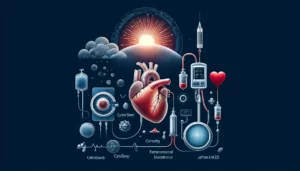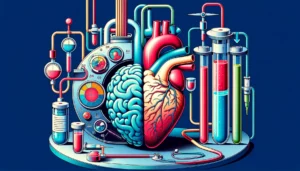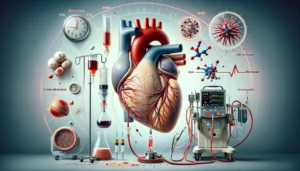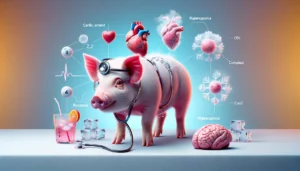
The Efficacy of Tranexamic Acid in Reducing Perioperative Drainage in Cardiac Surgery with Cardiopulmonary Bypass
This study evaluates the effectiveness of tranexamic acid in reducing bleeding during and after cardiac surgery involving cardiopulmonary bypass. It compared 40 patients who received tranexamic acid to 40 who did not, finding significant differences in bleeding and transfusion rates, and improvements in hematological parameters for the treated group. These results suggest tranexamic acid effectively minimizes bleeding in such surgeries.

